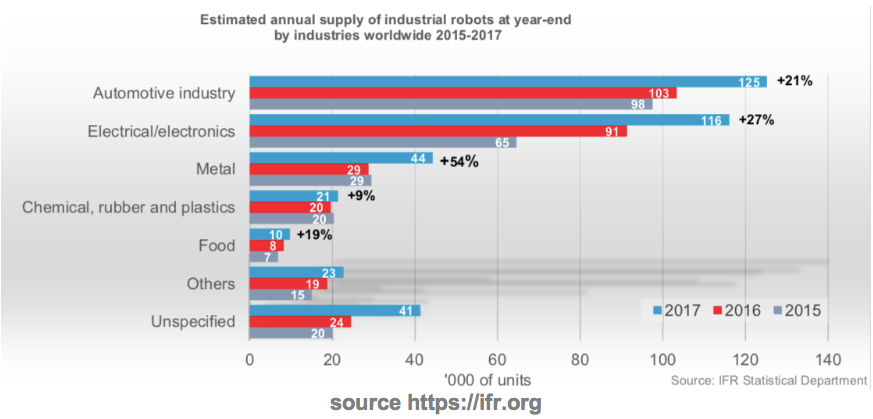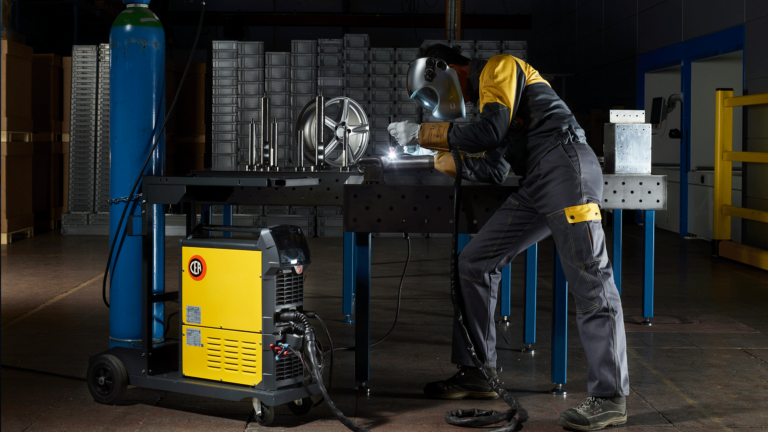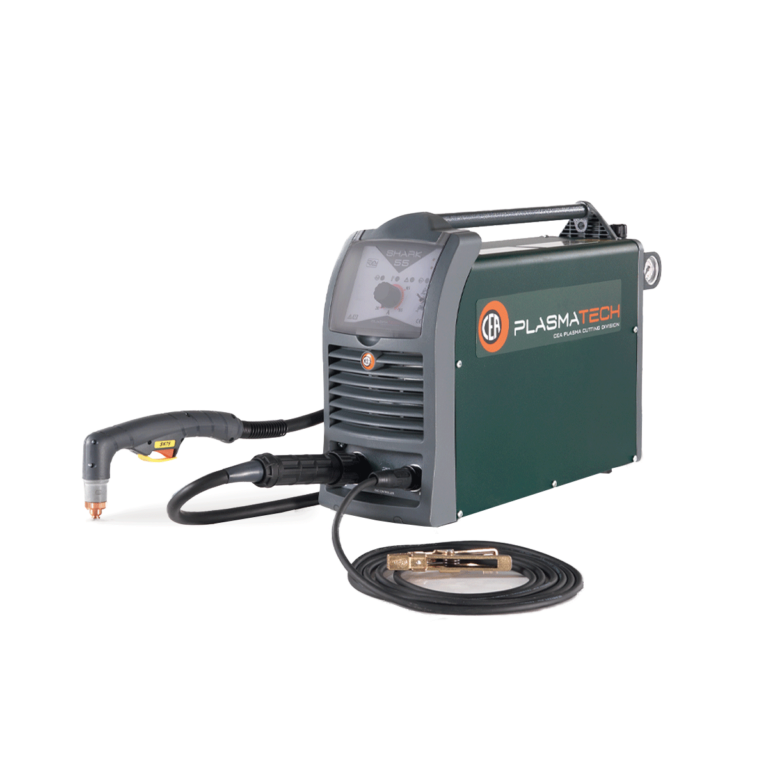Robotic welding as part of new company processes

Robotic welding and automation will be the elements that will drive companies to evolve over the next few years, so even welding plants have no choice but to keep up with this technological and cultural development.
In order to be able to produce competitively, customizing products according to customer needs, making them quickly, even managing to fulfil small orders, the only viable path is one with synergic and automated systems.
Robot sales in industry: the International Federation of Robotics report
The data from the “World Robotics Report 2017” presented during Automatica 2018 by IFR (International Federation of Robotics) have shown that the reasoning on the development and adjustment to industrial automation has already translated into action: +29% of robots sold in 2017 compared with data from 2016.
Around the world, 380,550 robots were purchased by companies in 2017, whereas in the previous year this number was 294,300 units.
Discover how the influence of industry 4.0 is changing the world of welding! Download CEA's guide
In reading this initial data, we can clearly see how important it is, for a company that wishes to continue staying competitive in the manufacturing market, to integrate robotic welding machines into its own production systems.
Depending on investment capacities, a factory that wants to become “smart”, according to the parameters of industry 4.0, will inevitably need to purchase automated welding machines or integrate already-existing robot systems with retrofits over the next few years.
Read also: " Robotic welding: 5 good reasons to buy high-tech welding machine "
The forecast for the future of robotic welding
In keeping with the International Federation of Robotics report, Asia is greatly increasing the installation of robots in industry, in order to bridge the technological gap that characterizes factories in this part of the world.
In particular, China increased by 58% the purchase of robots in 2017 (or 138,000 units). Right behind in this placement, are South Korea with 40,000 robots installed, though recording -1% in 2017, and Japan, with 38,000 and +1% for 2017.
Read also: " Made in China 2025 and robotics welding "
The United States have seen an increase of 6% with 33,000 robots installed in 2017, while Germany has recorded the biggest increase in Europe, with +8% and 22,000 robots.
Looking at graphs for the industrial sectors taken into consideration by the IFR, a closer look at the welding market shows the following increases in robot installations for 2017:
- Metal industry +54% with 44,000 units
- Automotive +21% with 125,000 units

The features of the robotic welding of the future

Automated welding systems are increasingly technological and geared towards high efficiency, thanks to software managing the main functions.
The benefits of robotic welding certainly derive from the precision due to the electronic control of the work, as well as other possibilities made available by the technology of industry 4.0, such as:
- Connecting systems for the exchange of production data and welding parameters
- Remote maintenance
- Automatic management of failures
- Possibility of updating software without changing machines
The expected global increase in industrial robotization from 2018-2020 is 14% per year. Those companies wishing to keep up with the times will have to follow this trend, including the welding sector, which will therefore have to face ever-increasing demands in the field of automation.
{{cta('532b36ee-205a-4d91-b6e2-8b4fa9348164','justifycenter')}}






